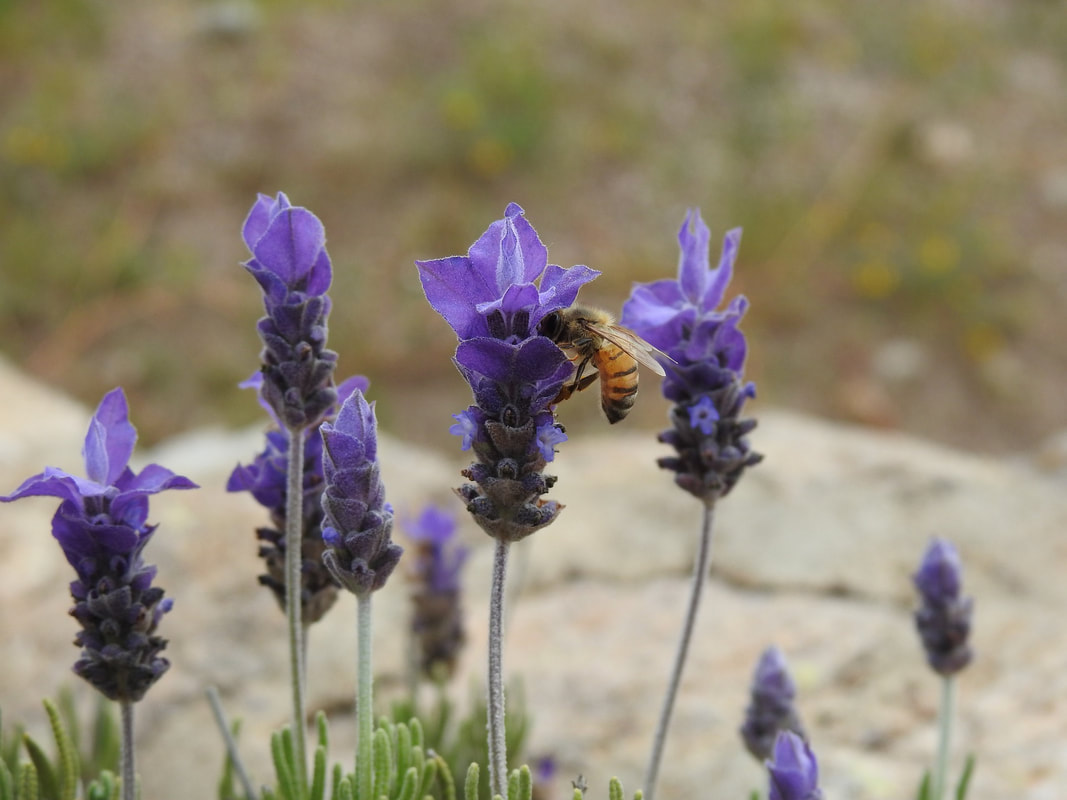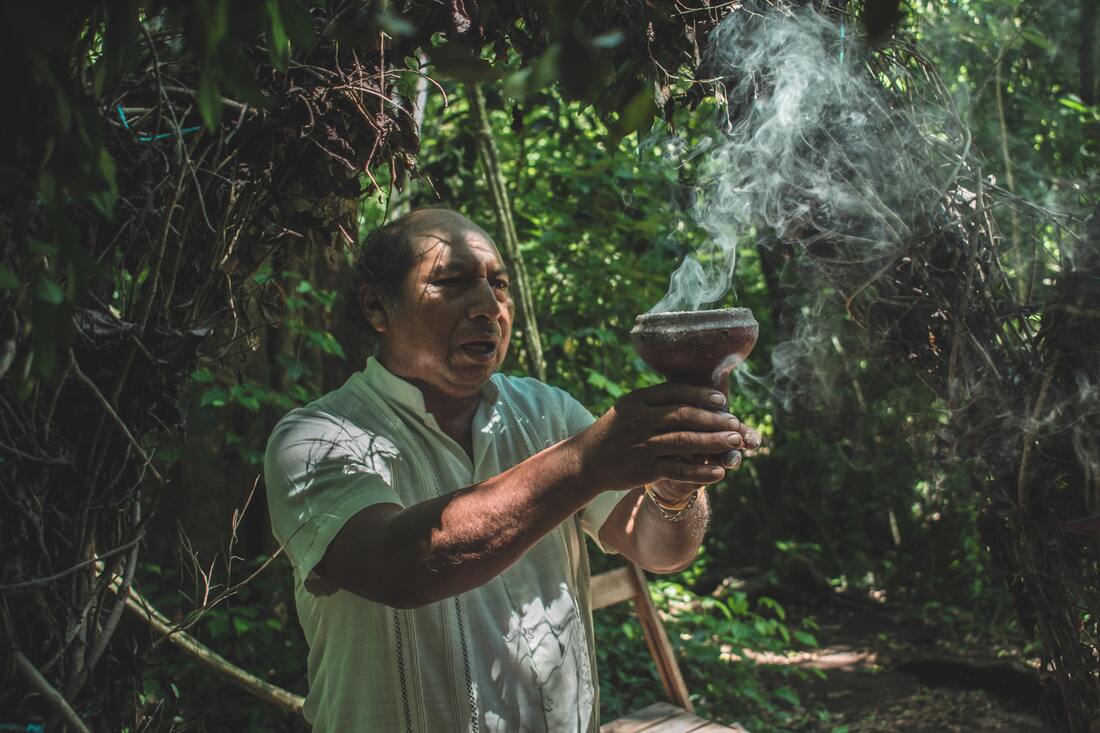|
The Mayas and the stingless bee
For more than 3,000 years, the Maya people of Central America have engaged in beekeeping of the stingless bee (Melipona beccheii) and many of the traditions and rituals associated with it remain to be an important heritage practice today. The stingless bees are also called Xunan-Kab in the Yucatec Mayan language, which translates into “Royal Lady Bee''. This title expresses the nobility of the bees which are believed to be direct descendants from the deities in local culture. Many deities are directly related to the bees themself, and are proof of exactly how important the insects were to the area. An example of these deities is the descending honey god, Ah Muzen Cab, who is also the creator of earth and universe in the fourth cycle of the Yucatec Maya cosmos. A large portion of the Madrid Codex – one of the three remaining Mayan codices – depicts methods of beekeeping and portrays Ah Muzen Cab in an upside-down position and with the wings of a bee. |
Beekeeping today
Beekeepers – called meliponicultors – continue to serve as earthly guardians of the bees but must offer a portion of the harvested honey to their real owners, the deities, in a ceremony called U Hnlil-kab (feast of the bees). The noble and righteous beekeepers perform rituals of gratitude and prayer to the deities as they practice the art. Honey harvest takes place twice a year as part of a religious calendar in which a priest presides over the ritual.
Today, many Maya communities have transitioned to practice beekeeping with the Western Honeybee (Apis mellifera) as for many of them honey production is an important source of income. However, at the same time, some still practice stingless bee beekeeping. The stingless bees are kept in hollow logs called jobones, usually within or close to the villages, while the Western honey bees are kept in boxes away from people. Unfortunately, the Yucatan Peninsula has been facing rapid bee decline, especially of the stingless bee, due to deforestation, geographic displacement of the indigenous groups and the loss of their historic cultural knowledge.
Beekeepers – called meliponicultors – continue to serve as earthly guardians of the bees but must offer a portion of the harvested honey to their real owners, the deities, in a ceremony called U Hnlil-kab (feast of the bees). The noble and righteous beekeepers perform rituals of gratitude and prayer to the deities as they practice the art. Honey harvest takes place twice a year as part of a religious calendar in which a priest presides over the ritual.
Today, many Maya communities have transitioned to practice beekeeping with the Western Honeybee (Apis mellifera) as for many of them honey production is an important source of income. However, at the same time, some still practice stingless bee beekeeping. The stingless bees are kept in hollow logs called jobones, usually within or close to the villages, while the Western honey bees are kept in boxes away from people. Unfortunately, the Yucatan Peninsula has been facing rapid bee decline, especially of the stingless bee, due to deforestation, geographic displacement of the indigenous groups and the loss of their historic cultural knowledge.
|
Honey
Indigenous Mayan medicine is based on the idea of restoring the balance of body temperature by inducing products that are considered hot or cold. Honey from the stingless Melipona is considered to be hot and is therefore used to cure cold diseases such as digestive issues or fever. Because it is also associated with fertility, it is often used by midwives before, after, and during childbirth. Although the ancient Maya also harvested honey from other, non-domesticated bees, only the honey from the stingless bee is regarded hot and can be offered to the deities during rituals or ceremonies. |


